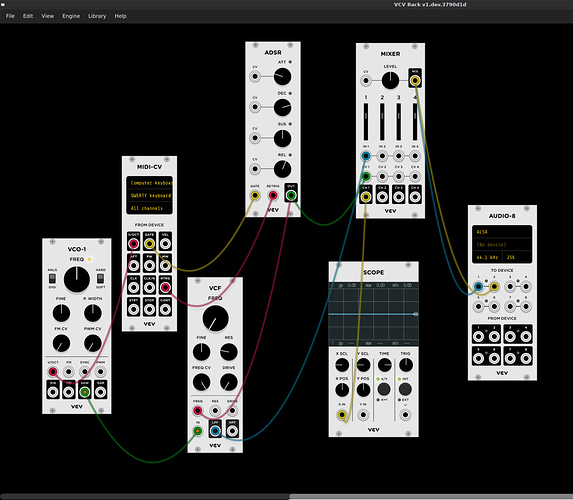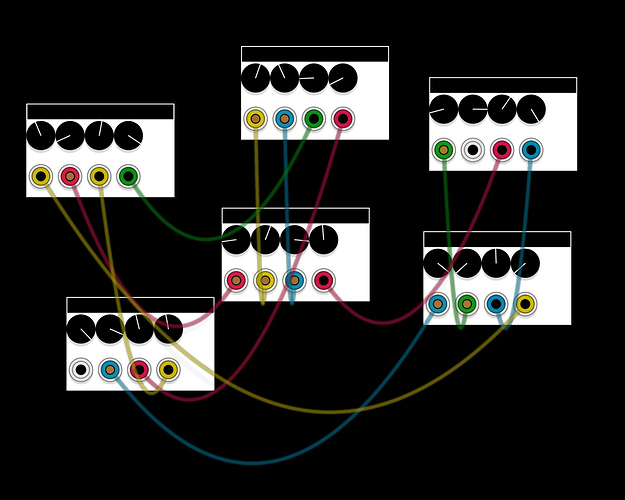Isn't that kind of heavy on system, the endless scaling and so on?
Btw regarding using Rack's graphic interface:
Have you talked to Andrew about it? I am not sure he will like this. Long time ago I made some objects, based on the factory objects from VCV and he was not too happy about it. Of course everyone can make the own user interface, svg knobs and so on, but then we are getting into a whole new territory, which I am not too fond of spending time on. Anyway, my point is, that he is into heavy control of everything related to VCV.
But I do understand the though og trying to avoid Java, if that creates issues.
Yeah that is probably correct 
Anyway, interesting path you are taking here 
How is the development going, overall? Everything worked out great for now? Still no date for release of the new one yet? Hehe 
So excited here 





